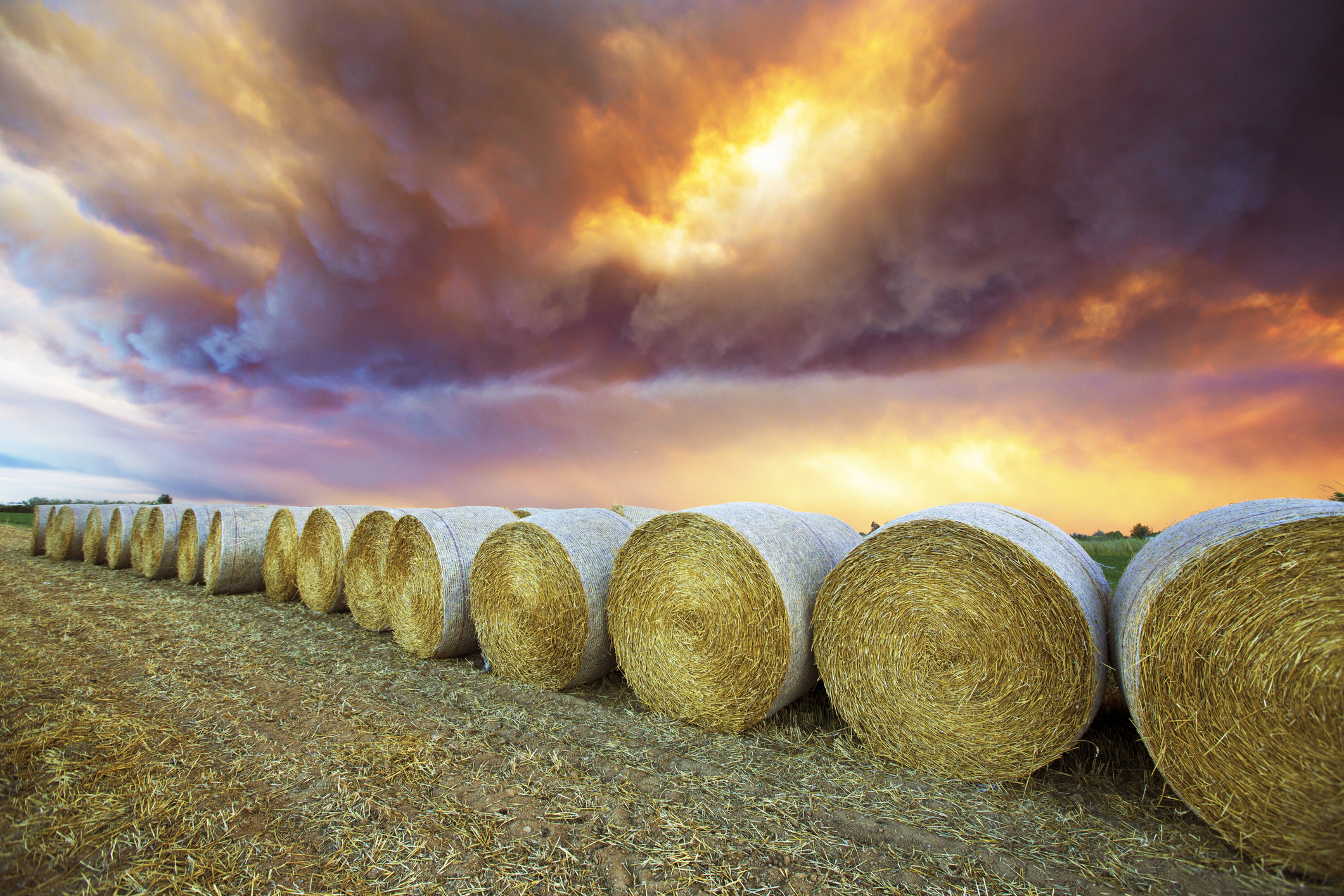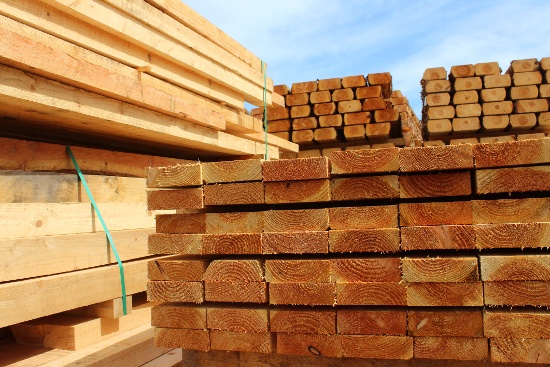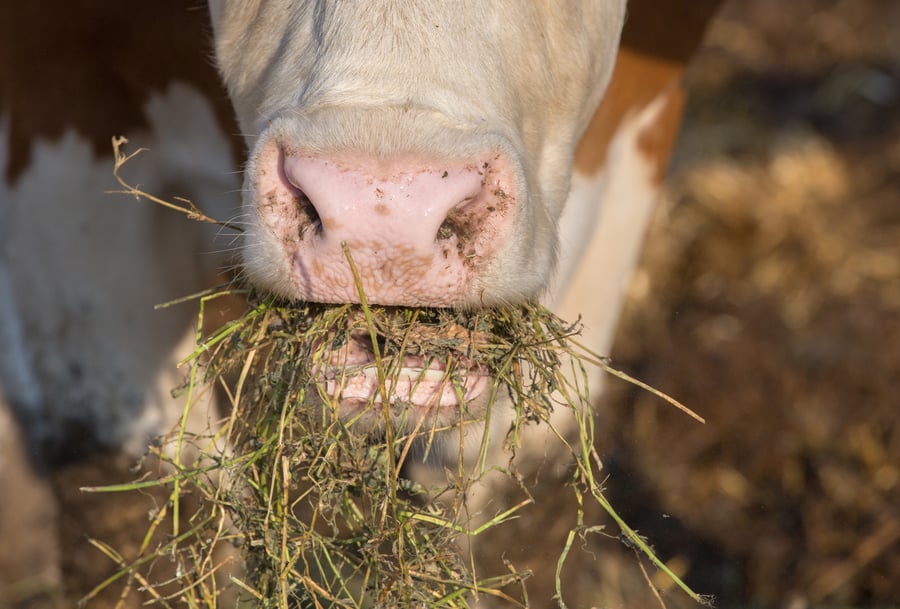Four Critical Reasons to Measure Moisture Content in Hay

As agricultural best practices and technology evolve, it’s vital for hay producers to capitalize on opportunities to increase productivity while reducing the risk of loss. Here are four critical reasons for you to consider a Delmhorst moisture meter for hay to monitor and maintain the value of your hay crop from harvest to bale.
Quality Feed + Improved Profitability = Delmhorst Hay Moisture Meters
America's food supply is only as good as the crops and products it generates. Farmers who produce forage and fodder crops for the beef and dairy industries should follow agricultural best practices when growing hay, alfalfa, and other grasses as livestock feed. These practices ensure hay quality preservation from baling to sale through the careful monitoring of critical factors like moisture content (MC).
Monitor Moisture Content to Optimize Hay Crop Outputs
There are several reasons to maintain a close eye on the MC in your hay crop, but two rise to the top of the list: crop optimization and profit optimization.
Crop Optimization
Both too much and too little moisture in the hay crop can erode its quality and cause damage or losses to the farming enterprise. Accordingly, feed producers should closely monitor the %MC in their crops to ensure they never get too wet – or too dry.
Crop optimization involves paying close attention to:
- Bacterial Contamination as a Crop Threat – Grass feed (hay, alfalfa, wheat, etc.) that is too wet can become contaminated with mold or other toxins, which can cause health problems in both the livestock and humans who consume their products (dairy or beef). Impurities can adversely affect the health of the animal that consumes the feed, which may trigger expensive veterinary costs and reduced product volumes. In the most serious cases of contamination, the bacteria can even cause the loss of livestock.
- Bacterial Contamination as a Human Health Threat – The pathogens generated by moisture-related mold or bacterial contamination can also pass through the cows’ system and pollute their milk. While incidents are typically rare, tainted milk products can cause several bacterial diseases, including botulism and E. coli. Further, if the contaminant is also present on the surface of the crop, then it can negatively impact the health of those who handle and harvest it.
- Avoiding Spontaneous Combustion – Not insignificantly, hay moisture monitoring also acts as a safeguard against spontaneous combustion in hay bales. Bacteria thrive in damp, tightly bound settings like hay bales, and will generate heat as they grow. That heat can reach high enough temperatures to ignite the surrounding hay. A fire igniting in even one bale could be devastating.
- Erosion of Crop Value – Conversely, too little moisture within the hay can also impair its nutritional quality and value. Hay, alfalfa, and other forage crops used for livestock feed provide crucial nutrients to the animals that consume them. Hay that is too dry becomes brittle, and it won't develop the nutritional elements needed to sustain the animal. Nutritional value retention can be managed by monitoring moisture in hay throughout the harvesting, baling, and storage cycles.
Profit Optimization
Maintaining an appropriate %MC in your hay crop also protects the financial investments you've made in your farming enterprise. Fires and crop spoilage should be avoided at all costs, but maintaining your reputation for providing the highest quality feed for dairy and beef farmers is just as crucial to enhancing your profitability.
Optimize Your Moisture Management Strategy with a Delmhorst Moisture Meter for Hay
Delmhorst's cutting-edge moisture meters for hay work by gauging the electrical resistance inside and around the plant and then translating those readings into useful MC data. That information ensures that your decisions regarding your crop in the windrow, the baler, or storage are sound and based on actual conditions. Each hay moisture meter is ergonomically designed to fit comfortably in your hand, with a large, well-lit screen displaying meter readings. Their portability makes it easy to check the MC anywhere your hay is located, and the well-lit large-screen display allows you to read your data even in storage areas with less than ideal lighting.
Delmhorst has also embraced cutting-edge technology to enhance its already exceptional line of moisture meters. The FX-30 moisture meter for hay comes equipped with the EDGE™ App, which uses Bluetooth® technology to enable data sharing from anywhere. You can send your MC data directly to spreadsheets, where you can save it to develop a historical database. These advanced meters offer real-time data, making it easier than ever to make informed decisions about your hay's moisture content throughout the harvesting, baling, and storage processes.
There's a reason Delmhorst has been a leader in the moisture measuring sector for more than 75 years. Its full line of moisture meters helps professionals in the agricultural, restoration, flooring, and woodworking industries retain the quality of both their products and their reputations. Delmhorst's FX Range of moisture meters for hay, featuring the FX-2000, FX-20, and FX-30, are designed to give you the tools you need to monitor your crop quality. All that’s left for you to decide is which meter is best suited for your hay production needs. Call Delmhorst today to discover your perfect match for measuring moisture content in your hay crop.
Subscribe to Our Blog
Post Related
.jpg?width=900&name=Webp.net-resizeimage%20(55).jpg)
moisture meters
pinless moisture meter
hay industry
moisture content in hay
hay producers
agricultural safety
moisture levels in hay
high-quality moisture meters
agricultural moisture meters
farming moisture meters
Moisture Meters and Product Support for the Hay Industry


